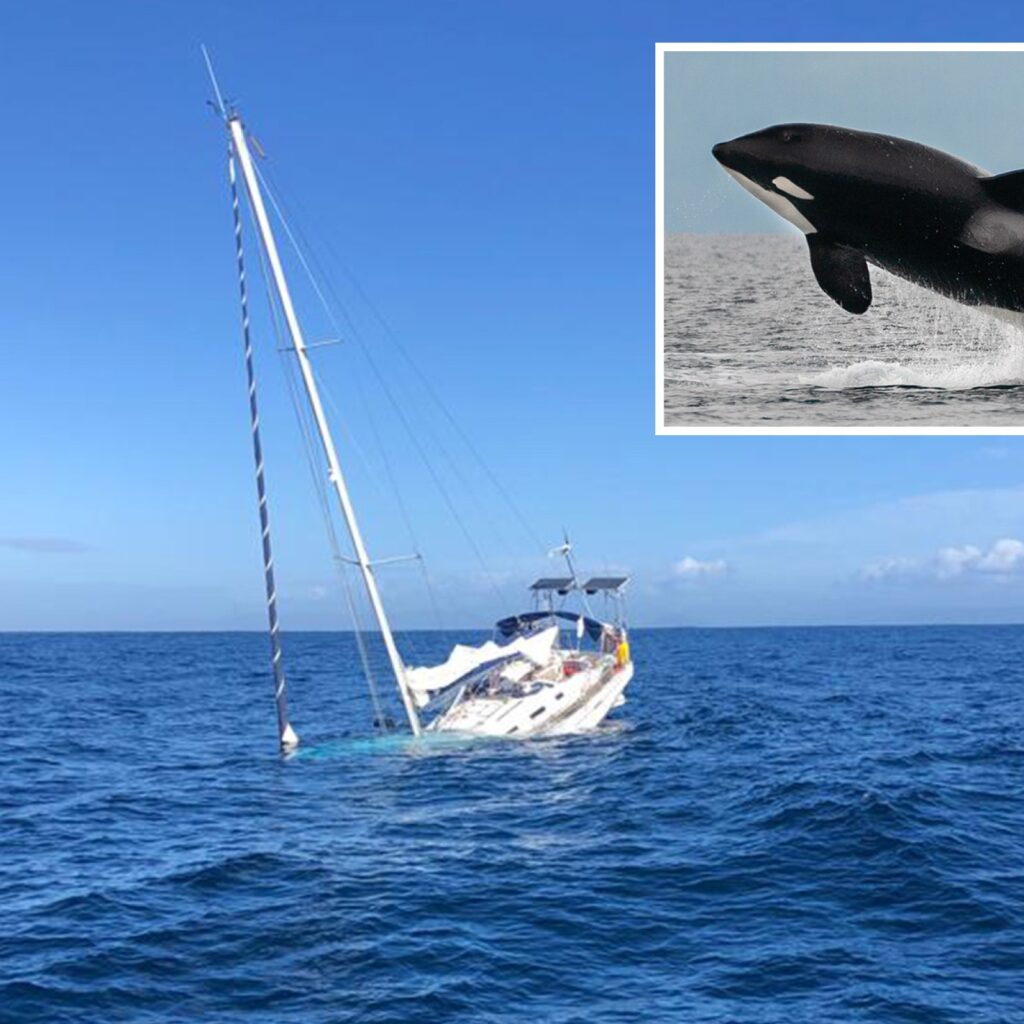Note: If you wish to receive, via e-mail, (1) my weekly newsletter or (2) daily copies of these posts, notify me at rrbates1951@gmail.com and indicate which you would like. I promise not to share your e-mail address with anyone. To unsubscribe, send me a follow-up email.
Tuesday
While I admire Moby Dick, I’ve always questioned whether a whale would seek vengeance the way that Moby Dick does. After all, it isn’t only Ahab that prolongs their battle to three days. Isn’t Melville guilty of anthropomorphizing Moby Dick when he has the whale stick around to finish off Ahab and his vessel?
Recent news reports of killer whales attacking boats have me questioning my view, however. According to an article in Scientific American, some whale experts have speculated that the attacks “may be a response to a bad past experience involving a boat”—say, from sustaining injuries from a collision or becoming entangled in a fishing line.
To be sure, there are other hypotheses, including that “the killer whales have invented a new fad, something that subpopulations of these members of the dolphin family are known to do.”
In any event, there appear to be increasing instances of orca-boat contact, with 49 instances recorded in 2020 alone. According to the article,
the orcas preferentially attack the boats’ rudder, sometimes scraping the hull with their teeth. Such attacks often snap the rudder, leaving the boat unable to navigate. In three cases, the animals damaged a boat so badly that it sank: In July 2022 they sank a sailboat with five people onboard. In November 2022 they caused a sailboat carrying four to go down. And finally, in this month’s attack, the Swiss sailing yacht Champagne had to be abandoned, and the vessel sank while it was towed to shore.
The whale in Melville’s novel seems to have it in for Ahab and his crew. On the first day of the chase, the author attributes a “malicious intelligence” to Moby Dick as the whale “shoot[s] his pleated head lengthwise beneath the [whaling] boat.” Melville notes that the whale “dallied with the doomed craft in this devilish way.”
By the third day, Moby Dick has associated the hunt with the mother ship and so decides to take that boat out as well. We are told that the whale is driven by revenge:
From the ship’s bows, nearly all the seamen now hung inactive; hammers, bits of plank, lances, and harpoons, mechanically retained in their hands, just as they had darted from their various employments; all their enchanted eyes intent upon the whale, which from side to side strangely vibrating his predestinating head, sent a broad band of overspreading semicircular foam before him as he rushed. Retribution, swift vengeance, eternal malice were in his whole aspect, and spite of all that mortal man could do, the solid white buttress of his forehead smote the ship’s starboard bow, till men and timbers reeled. Some fell flat upon their faces. Like dislodged trucks, the heads of the harpooneers aloft shook on their bull-like necks. Through the breach, they heard the waters pour, as mountain torrents down a flume.
The Scientific American article observes, however, that the Mediterranean orcas, unlike Melville’s sperm whale, don’t appear to transfer their grudge (if it is in fact a grudge) from boats to humans. They haven’t gone after people who ended up in the water.
Still, the vindictive aspect of Moby Dick isn’t quite a far-fetched as I once thought it.


